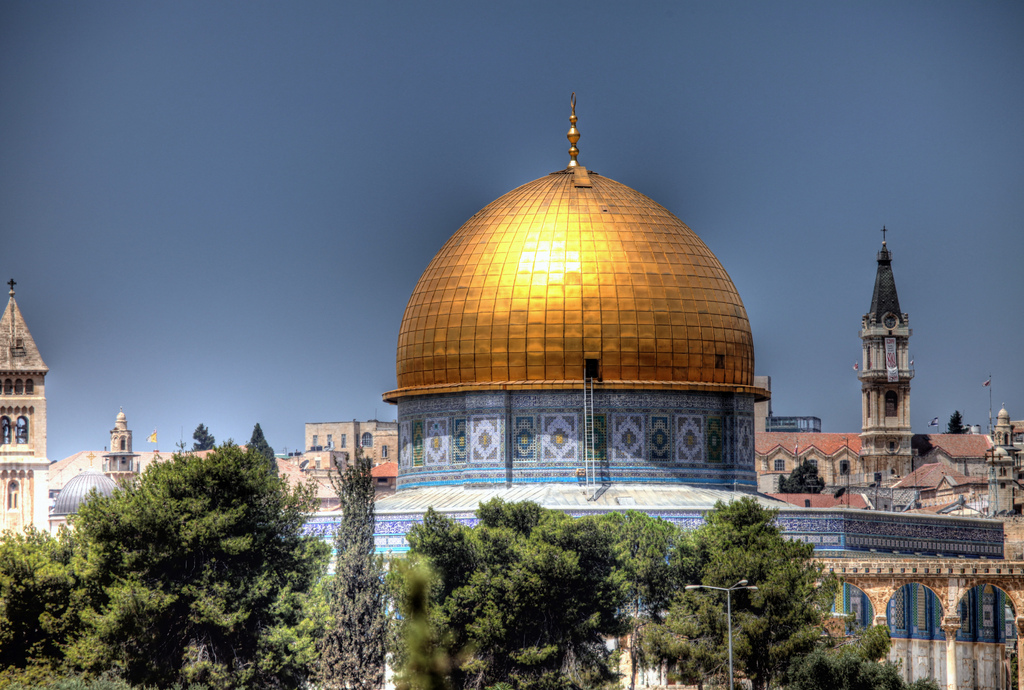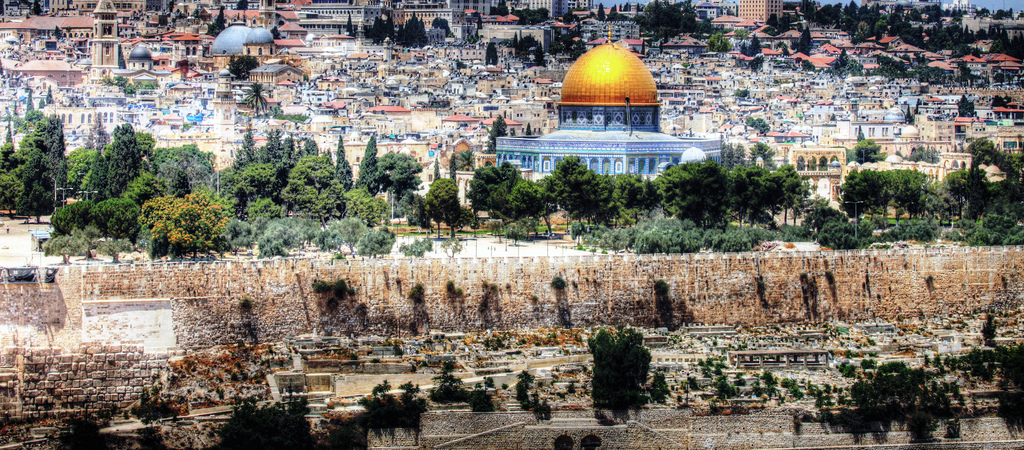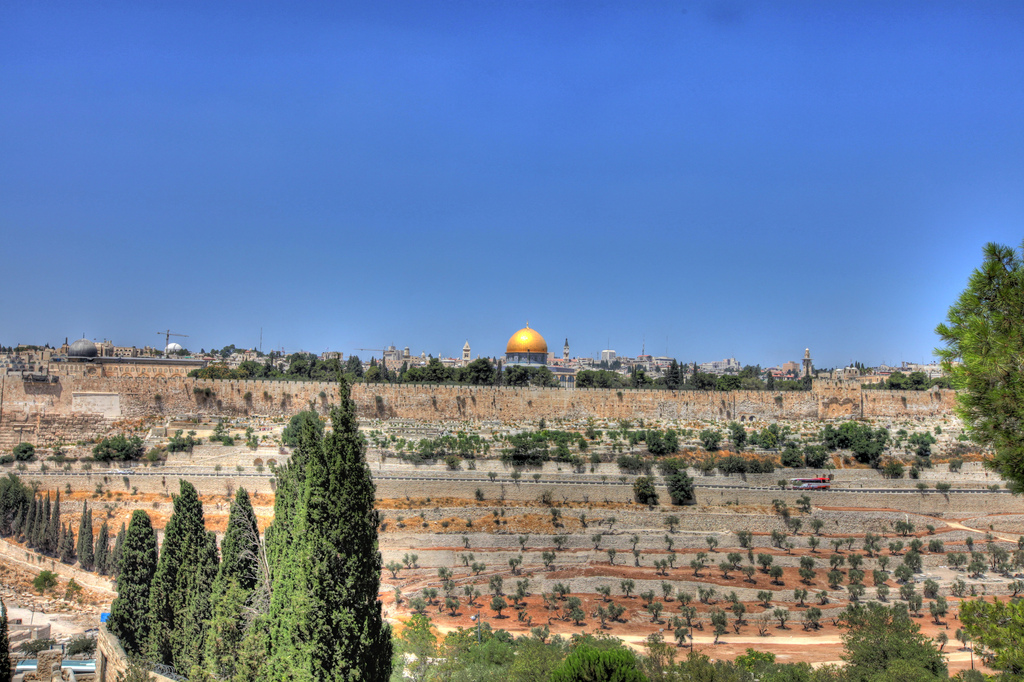The Temple Mount
January 11th 2015
 The Temple Mount, known in Hebrew as Har HaBayit, is perhaps the most important site in Israel. Arguably the most revered piece of real estate anywhere, it is the holiest site in the world for Jews and the third holiest for Muslims. The Temple Mount, tourists can access via the Mughrabi Gate near the Western Wall, resembles a large, flat plaza covering approximately 30 acres.
The Temple Mount, known in Hebrew as Har HaBayit, is perhaps the most important site in Israel. Arguably the most revered piece of real estate anywhere, it is the holiest site in the world for Jews and the third holiest for Muslims. The Temple Mount, tourists can access via the Mughrabi Gate near the Western Wall, resembles a large, flat plaza covering approximately 30 acres.
 Jewish tradition holds that the world was created on this spot and that the Temple Mount, atop Mount Moriah, is where Abraham nearly sacrificed his son Isaac, as described in the Book of Genesis. In addition, the two Holy Temples of Judea stood here for a combined total of close to 1000 years. Traditional Jews believe that there will ultimately be a third Holy Temple at this same location.
Jewish tradition holds that the world was created on this spot and that the Temple Mount, atop Mount Moriah, is where Abraham nearly sacrificed his son Isaac, as described in the Book of Genesis. In addition, the two Holy Temples of Judea stood here for a combined total of close to 1000 years. Traditional Jews believe that there will ultimately be a third Holy Temple at this same location.
Muslims refer to the Temple Mount as Haram es Sharif, the Noble Sanctuary. The familiar golden dome at its center is the Dome of the Rock. Built in 691 CE, the Dome of the Rock was constructed to surround the boulder that, according to Muslim tradition, is the place from which Muhammad ascended to heaven.
 Today, although the site is located within Israel’s borders, the Temple Mount is administered by Muslim institutions. Visitors are permitted to walk around, absorbing the scenery and taking pictures. As of this page’s publication, tourists are prohibited from entering the Dome of the Rock, the Al Aqsa Mosque and the Islamic Museum. Visiting the Temple Mount requires careful planning. Tourist access is limited to just a few hours a day, and tourists are not permitted at all on Fridays, Saturdays or during the Islamic month of Ramadan, which can occur at different times of year.
Today, although the site is located within Israel’s borders, the Temple Mount is administered by Muslim institutions. Visitors are permitted to walk around, absorbing the scenery and taking pictures. As of this page’s publication, tourists are prohibited from entering the Dome of the Rock, the Al Aqsa Mosque and the Islamic Museum. Visiting the Temple Mount requires careful planning. Tourist access is limited to just a few hours a day, and tourists are not permitted at all on Fridays, Saturdays or during the Islamic month of Ramadan, which can occur at different times of year.
Tourists who are not dressed according to standards deemed acceptable by the security guards may be given long wraps with which to cover themselves, or may be denied entry. Pre-entry security checks can be time-consuming, long lines are common, and entrance to the Temple Mount can be suspended at any time without notice.
Due to its status as an extremely holy site, religious Jewish tourists may want to consult with a rabbinic authority before visiting the Temple Mount.











